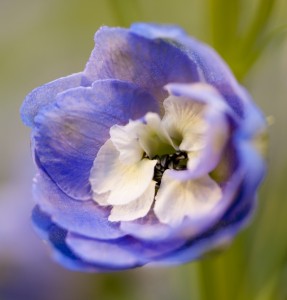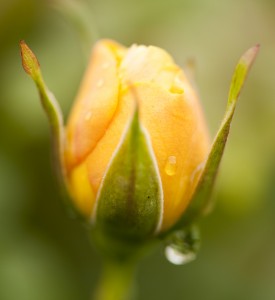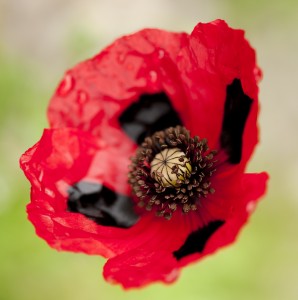Lessons from Monet’s Garden
Posted in Exhibitions, Gardening Tips, Monet's Garden on May 15 2012, by Sonia Uyterhoeven
Sonia Uyterhoeven is the NYBG‘s Gardener for Public Education.
 Monet’s garden was a living canvas. In this space he experimented with his love of color and form. His knowledge of color theory and his artist’s eye informed the choices he made in his garden design. In turn, they offer good suggestions for the homeowner who is about to embark on their own planting project.
Monet’s garden was a living canvas. In this space he experimented with his love of color and form. His knowledge of color theory and his artist’s eye informed the choices he made in his garden design. In turn, they offer good suggestions for the homeowner who is about to embark on their own planting project.
Last week we mentioned how one of Monet’s prominent concerns was capturing light and atmosphere. His garden was no different from the scenes he painted on his canvas. The color sequences that he created in his garden echoed changes in light and weather that he observed in the space. He used his artist’s eye to accentuate these changes and enhance the atmospheric quality of the place.
Blue flowers were planted in and around the shadow cast by trees to emphasize the blue color that was given off by these shadows. Fiery orange, gold and bronze flowers were planted on the western side of the garden to accentuate the colors of the setting sun. Blue and salmon tones ran through the borders picking up the colors of the morning mist that rolled through the garden from the river Seine.
Monet also used color to play with distance and perspective in his garden. Pastel colors were planted behind stronger colors in the same hue to give a sense of depth and perspective. Strong, dark colors have a tendency to jump out and make a space feel smaller and more immediate. Pastels fade and blur boundaries, giving a sense of endlessness. Monet used to spatter small areas of strong colors amongst sweeps of pastels to give the planting continuity and tie it together in a visual frame.
 Monet often went out into his garden and cut bouquets of flowers. They were not simply for a decorative arrangement in his home or a prop for a painting but an opportunity for him to mix and match flowers. He would play around with the colors and the shapes to help him decide on new designs for the following year’s border.
Monet often went out into his garden and cut bouquets of flowers. They were not simply for a decorative arrangement in his home or a prop for a painting but an opportunity for him to mix and match flowers. He would play around with the colors and the shapes to help him decide on new designs for the following year’s border.
Monet also had some trial beds over to the side of the garden where he grew new introductions for a few years to observe their color and their features before deciding where to place them in the garden. Many of us do not have the luxury of space to have this type of experimental plot, but arranging flowers in a bouquet or playing with color and texture combinations at a nursery while shopping is within everyone’s means.
Monet’s garden had formerly been an apple orchard and was organized in a grid pattern. Since he created such vibrant and dynamic plant combinations in his garden, the framework of the garden was essential to contain the complicated palette and give it coherence and structure. Often wild or colorful moments in the garden are most effective when contrasted with something quiet or solid. The viewer’s eye needs to rest just as it needs stimulation.
Colors are beautiful, but they do not all fit together. It is not enough to look at a plant as an individual but rather to picture it as part of a larger design. Claude Monet teaches us to look carefully at how colors and textures interact with one another. Monet illustrated this commitment by choosing specific color schemes for different areas of the garden and for different seasons. Red and yellow dominated in early spring; blues, purples and whites swept through in May; and then morphed into reds and pinks in June with the arrival of the roses. Midsummer was a cacophony of color that rolled into autumn with its golds, reds, purples and pinks.
 For all the variation of color that Monet experimented with in his garden, he always chose a dominant color that would weave throughout the garden, creating a sense of continuity. The color palette was extended by organizing a variety of color schemes in different beds or different areas of the garden.
For all the variation of color that Monet experimented with in his garden, he always chose a dominant color that would weave throughout the garden, creating a sense of continuity. The color palette was extended by organizing a variety of color schemes in different beds or different areas of the garden.
We apply the same principles in our Jane Watson Irwin Perennial Garden. The garden is split up into different rooms or spaces which allow us to expand both our plant and our color palettes. We have a hot room and a cool room that together explore colors from the entire spectrum of the color wheel. Monet was a master at combining colors; even today, he has a lot to teach us as gardeners.
Monet’s Garden opens this Saturday, May 19, at The New York Botanical Garden. Get your tickets now.

